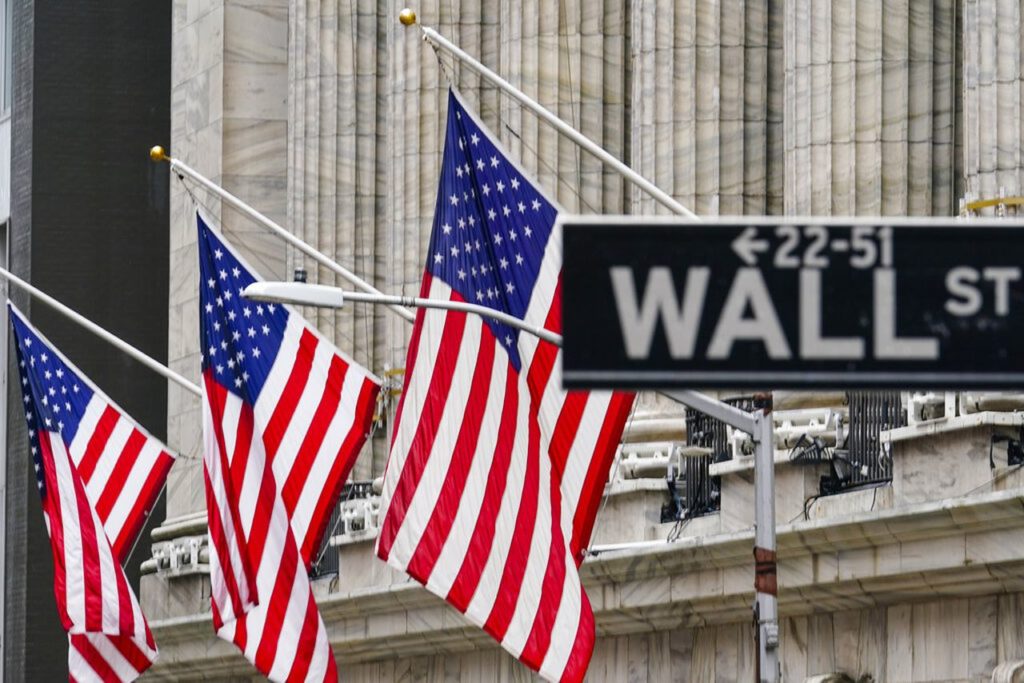
While inflation cooled off in August, pandemic-related shortages in the labor and supply sectors are keeping prices high.
According to the Labor Department’s August data, the consumer-price index rose a seasonally adjusted 0.3% from July; this is slower than both the 0.5% increase in July and the 0.9% pace recorded in June. While prices eased in the auto sector, they veritably dropped in regards to hotel and airline rates. When looking at the CPI – which measures how much consumers pay for goods and services – August saw a 5.3% increase, down from the 5.4% recorded in June and July. In terms of consumer goods volatility in the food and energy sectors, the core price index saw a climb of 4% from last year.
Both travel and wages have taken a hit due to sustained inflation. While airline fare prices and rental vehicles dropped 9.1% and 8.5% respectively, real wages fell 0.5% in August from a year earlier – according to data from the Labor Department and the Atlanta Fed.
Why has this year seen such high inflation?
There are several reasons as to why inflation has been so hot this year. U.S. gross domestic product rose at a very rapid seasonally adjusted annual rate of 6.6% due to the massive influx of consumer demand. As such, spending jumped at a pace of 11.9% as states began reopening business and trillions in federal aid began being dispersed. Then came the Delta variant. The outbreak primarily weakened the aforementioned rebound by creating major supply bottlenecks and shortages, though it did reduce some stress off overall price pressures. Many companies began to, and still are, passing on higher labor and materials costs to their customers in order to survive. Take restaurants for example. The Labor Department has reported that, from June to August, fast-food prices rose at an annual rate of 9.7%. This implies that higher restaurant prices are showing up in the inflation data itself.
Many believed that these supply chain bottlenecks or shortages would pass after a couple of months – but the opposite has taken place. According to BNP Paribas economist Andrew Schneider, “I think what we’re learning is that our supply chains were more vulnerable than previously thought and it’s difficult to make a quick turnaround.” Overall, economists predict that long-lasting inflationary pressures will continue into coming quarters. Federal Reserve officials have been closely watching said measures in order to determine whether the jump in prices is temporary or long-lasting. If inflation stays persistently high, the Fed may need to tighten their easy-money policies much sooner than expected if they want to achieve their 2% average inflation goal; worse, however, they could decide to react aggressively down the line if they wait to tighten.
According to MacroPolicy Perspectives senior economist, Laura Rosner-Warburton, “the August CPI report might be a little bit of a head-fake [in relation to statement that the recent inflation surge is behind us] but other factors might be moving under the surface. There is a growing risk that higher inflation exacerbated by ongoing supply-chain frictions could put a dent in demand next year.”
Founded by attorneys Andreas Koutsoudakis and Michael Iakovou, KI Legal focuses on guiding companies and businesses throughout the entire legal spectrum as it relates to their business including day-to-day operations and compliance, litigation and transactional matters.
Connect with Andreas Koutsoudakis on LinkedIn.
Connect with Michael Iakovou on LinkedIn.
This information is the most up to date news available as of the date posted. Please be advised that any information posted on the KI Legal Blog or Social Channels is being supplied for informational purposes only and is subject to change at any time. For more information, and clarity surrounding your individual organization or current situation, contact a member of the KI Legal team, or fill out a new client intake form.
The post While Inflation is Beginning to Cool, Prices are Staying High appeared first on KI Legal.
